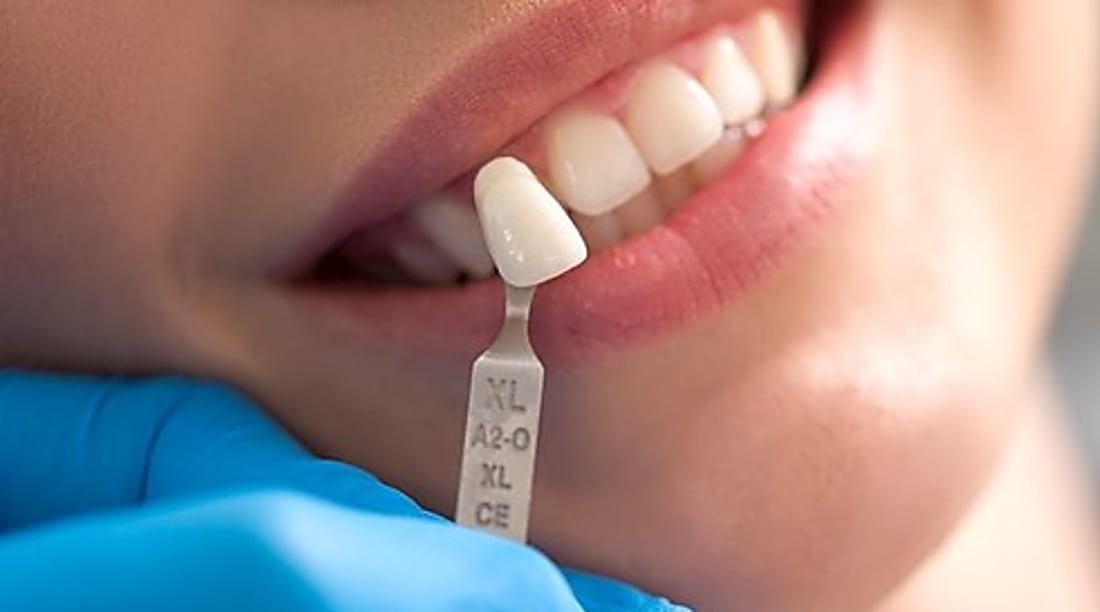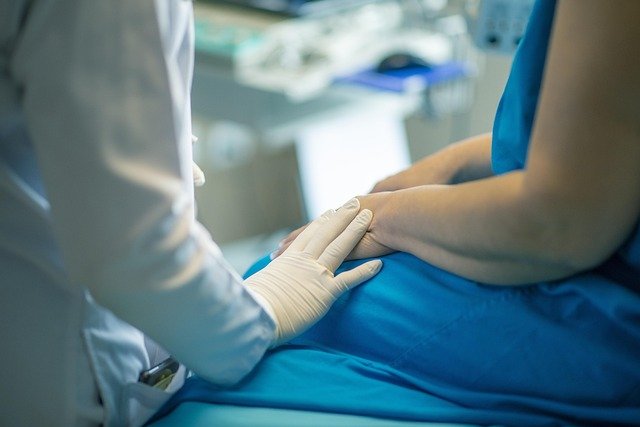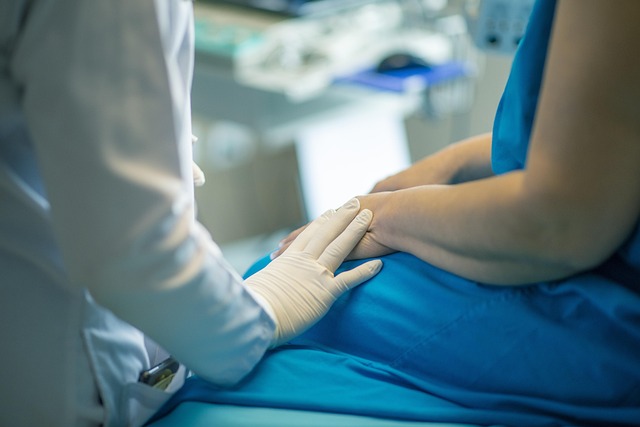Exploring Screwless Dental Implants: An Alternative to Traditional Methods
Dental implant technology has evolved significantly over recent years, with screwless dental implants emerging as a notable alternative to traditional screw-based systems. These innovative implants aim to address some limitations of conventional methods while potentially offering advantages in terms of comfort, healing time, and long-term stability. As dental professionals seek to provide patients with more options for tooth replacement, understanding the differences between screwless and traditional implant systems becomes increasingly important for those considering dental restoration procedures.

What Are Screwless Dental Implants?
Screwless dental implants represent an innovative approach to dental restoration that differs fundamentally from traditional screw-retained implants. Unlike conventional systems that use threaded screws to secure the implant to the jawbone, screwless implants typically utilize a press-fit or friction-fit design. These implants are often tapered and designed to be gently tapped or pressed into a precisely prepared socket in the jawbone. The primary mechanical retention comes from the close contact between the implant surface and the bone rather than threads cutting into the bone tissue.
Some screwless systems incorporate unique surface textures or coatings that promote osseointegration—the biological process where bone cells grow directly onto the implant surface. Common materials include titanium and zirconia, chosen for their biocompatibility and ability to integrate with human bone tissue. The absence of threads may reduce trauma during placement and potentially minimize bone stress during the healing process.
How Do Screwless Dental Implants Work?
Screwless dental implants function through principles of compression and surface contact rather than threaded engagement. The implantation process typically begins with the creation of a precisely sized osteotomy (bone socket) that is slightly smaller than the implant itself. This dimensional difference creates compression when the implant is inserted, providing immediate stability—often called primary stability—which is crucial during the initial healing phase.
The implant body is usually designed with a macro geometry that maximizes contact with surrounding bone. Many screwless systems incorporate features like slight tapers, ridges, or specialized surface treatments that enhance stability and promote biological integration. After placement, the healing process involves bone cells growing onto and around the implant surface, creating a strong biological bond known as osseointegration.
Once fully integrated, the implant serves as an artificial tooth root capable of supporting various prosthetic options, from single crowns to full-arch bridges. The restorative components connect to the implant either through internal connections, external attachments, or sometimes through cement-retained solutions, depending on the specific screwless system being used.
Why Patients and Dentists Consider Screwless Implants
Several factors drive interest in screwless dental implant systems among both patients and dental professionals. One primary consideration is the potentially reduced trauma during implant placement. Without the drilling and threading action required for conventional implants, screwless systems may cause less microdamage to surrounding bone tissue, potentially leading to faster healing times and reduced post-operative discomfort for patients.
For dental professionals, screwless systems often offer simplified surgical protocols that can reduce chair time and streamline the implantation process. Some systems require fewer drilling steps and specialized tools, making treatment more efficient. Additionally, the absence of threads may reduce the risk of micro-fractures in the bone during placement, which can be particularly beneficial in areas with thin or compromised bone structure.
From a long-term perspective, some research suggests that screwless designs might distribute forces more evenly throughout the surrounding bone during chewing and biting. This biomechanical advantage could potentially reduce the risk of bone resorption around the implant over time, though long-term comparative studies are still ongoing in many cases.
Who May Be a Candidate?
Ideal candidates for screwless dental implants include individuals with adequate bone density and volume to achieve the compression fit necessary for primary stability. Patients with compromised bone quality may still be candidates, but might require supplementary procedures such as bone grafting to enhance the implant site. Those seeking to replace single teeth or support multiple-tooth restorations can typically benefit from screwless systems.
Patients with certain medical conditions affecting bone metabolism, such as uncontrolled diabetes or those undergoing radiation therapy, require careful evaluation before proceeding with any implant procedure. Similarly, heavy smokers may face increased risks of implant complications regardless of the system chosen. A thorough medical history and dental examination are essential components of determining candidacy.
Individuals seeking shorter treatment timelines may find screwless implants appealing, as some systems are designed for immediate or early loading protocols when sufficient primary stability is achieved. This means patients might receive their prosthetic teeth sooner compared to traditional protocols that often require several months of healing before the final restoration can be placed.
Estimated Cost of Screwless Implants
The financial investment required for screwless dental implants typically reflects their innovative technology and potential benefits. In the United States, the cost for a single screwless dental implant procedure can range from $3,000 to $6,500, including the surgical placement, abutment, and final crown restoration. This represents a premium of approximately 15-30% over traditional screw-based implant systems in many markets.
Several factors influence the final cost, including geographic location, the specific screwless system used, the complexity of the case, and whether additional procedures such as bone grafting are required. Multiple implant cases typically offer some economy of scale, though full-mouth reconstructions using screwless technology can range from $25,000 to $50,000 or more.
| Screwless Implant System | Average Cost Range (Single Implant) | Notable Features |
|---|---|---|
| Bicon Dental Implants | $3,200 - $4,800 | Locking taper connection, sloping shoulder design |
| TRI Dental Implants | $3,500 - $5,200 | Friction-fit connection, tissue-level design |
| Integra-Ti System | $3,800 - $6,000 | Calcium-phosphate coating, immediate loading potential |
| Ziacom Osseous System | $3,000 - $4,500 | Conical connection, platform switching |
Prices, rates, or cost estimates mentioned in this article are based on the latest available information but may change over time. Independent research is advised before making financial decisions.
Insurance coverage for screwless implants varies significantly between providers and plans. While some dental insurance policies may contribute $1,000-$1,500 toward implant procedures, many consider implants an elective treatment and provide limited or no coverage. Patients should verify their benefits and explore financing options such as health savings accounts, dental discount plans, or third-party financing programs that many practices offer.
This article is for informational purposes only and should not be considered medical advice. Please consult a qualified healthcare professional for personalized guidance and treatment.




